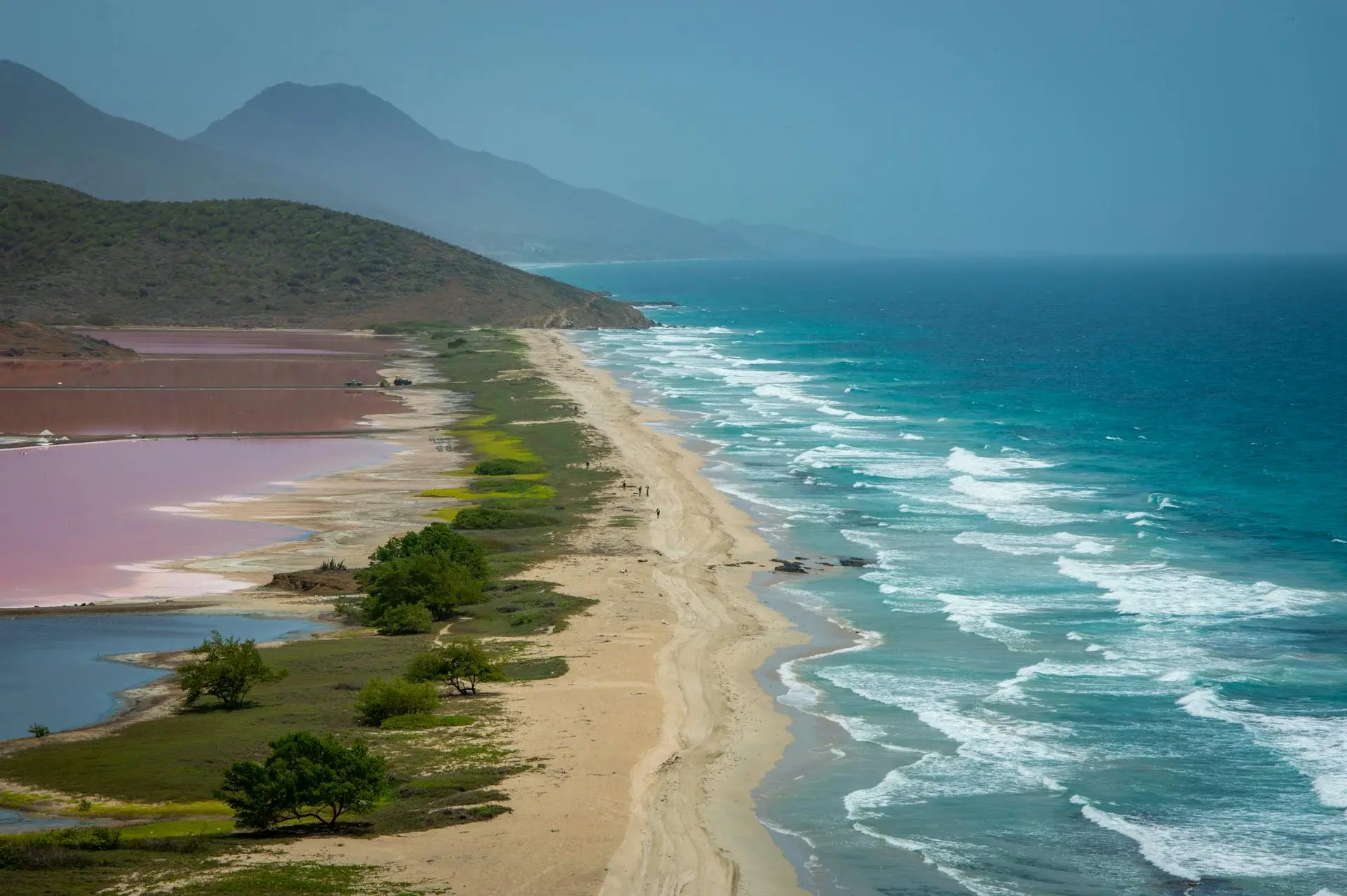Spain Beach Guide: The Endless Allure of Sun and Sea
Spain boasts one of the most diverse and captivating coastlines in Europe. From the wild waves of the Atlantic to the calm, turquoise waters of the Mediterranean, these shores offer an experience to suit every taste. Whether you're looking for a white-sand cove or a vibrant city beach, Spain has something to offer.
Part I: Temperature and Mobility of the Mediterranean (Costas)
Spain's eastern and southern coasts are known for their warm summers, golden sands, and excellent infrastructure. These areas are popular with families and resort-oriented holidaymakers.
Costa del Sol (Sun Coast)
The Costa del Sol, located around Málaga, is known for its luxurious marinas, golf courses, and vibrant nightlife. Playa de Cabopino (Marbella) stands out for its natural sand dunes and a quieter, unspoiled atmosphere. The beaches here are wide, well-maintained, and fully equipped.
Costa Blanca (White Coast)
The Costa Blanca, which stretches between Alicante and Valencia, is particularly popular with British and German tourists. Playa de Levante in Benidorm is a typical example, a long, lively sandy beach surrounded by high-rise buildings. Those seeking a quieter experience can choose the beaches of towns like Javea or Altea .
Costa Brava (Wild Coast)
This stretch of coastline in northern Catalonia, despite its name, is charming and elegant. Small coves (calas) hidden among the steep cliffs are a signature feature of this region. Cala Aiguablava , with its turquoise waters, is ideal for diving and snorkeling. The main beach in the historic town of Tossa de Mar is also worth a visit.
Part II: The Spanish Islands – Turquoise Waters Dominate
The Spanish islands offer completely different beach experiences from continental Spain; they are divided into the Balearics (Mediterranean) and the Canaries (Atlantic).
Balearic Islands (Mallorca, Ibiza, Menorca)
The Balearics are renowned for their small, unspoiled coves. Menorca is the most pristine of all the islands, with its picturesque coves of Macarella and Macarelleta , known for their picture-perfect white sand and crystal-clear waters. Ibiza, while known for its parties, also boasts tranquil sunset spots like Cala Salada on the west coast. Mallorca is known for its long, protected beaches like Es Trenc .
Canary Islands
The Canary Islands, with their Eternal Spring climate thanks to their proximity to the African coast, offer year-round swimming and are notable for their volcanic sand. The massive Maspalomas Dunes in Gran Canaria offer a desert landscape that slopes directly down to the ocean. Playa de las Teresitas in Tenerife is popular for its imported white sand, but the island's natural black sand beaches are also worth exploring.
Part III: The Power of the Atlantic and the Green of the North
The northern Spanish coast, encompassing Galicia, Asturias, and the Basque Country, boasts cooler waters, lush greenery, wild waves, and dramatic rock formations. It's a paradise for surfers and hikers.
Asturias and Cantabria
Playa del Silencio (Silence Beach), in Asturias, is a breathtaking natural amphitheatre surrounded by cliffs, while Playa de Somo , in Cantabria, is a surfing hotspot.
Basque Country (País Vasco)
La Concha , the famous city beach in San Sebastián, is considered one of the best city beaches in Europe. It's perfectly crescent-shaped and within walking distance of the city center. For surfers, Zarautz beach, near Biarritz, is ideal.
The incredible diversity of Spain's coastline offers a new opportunity for discovery with every visit. Sea, sun, sand, and Spanish culture guarantee an unforgettable holiday.

